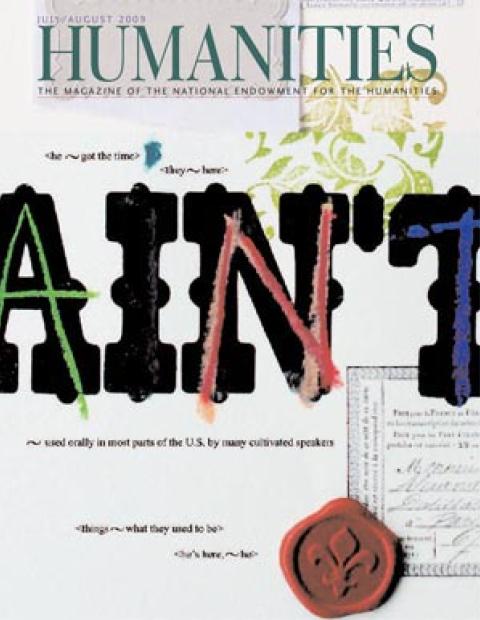In Ancient Rome and Modern America, NEH-funded scholar Margaret Malamud looks at the ways visions of the imperial city have been incorporated into everything from the Constitution to Caesar’s Palace. In New York at the start of the twentieth century, Rome’s grandeur, with a twist or two, appears in Pennsylvania Station, the Fleischman Baths, and restaurants such as Murray’s Roman Gardens and Sherry’s.
New York elites were well known for hosting dinners worthy of the ostentatious displays of wealth and consumption of Trimalchio, the freed slave of Petronius’ Satyricon. At a dinner given by C. K. G. Billings in March 1903, known as the “Horseback Dinner,” Sherry’s restaurant in Manhattan refitted its grand ballroom for 36 guests and their horses. The guests ate on horseback on miniature tables attached to the pommels of saddles, and were served by waiters dressed as grooms at a hunting party. Saddle bags equipped with rubber tubes dispensed champagne, and elaborate oat-filled feeding troughs were set out for the horses, which dined after their riders were finished. At another dinner party guests dined near a 30-foot long ornamental pool containing four swans, and discovered black pearls placed in their oysters. At still another party, human goldfish swam in ornamental pools and chorus girls hopped out of pies. The diners occasionally made their identification with and emulation of the elites of the classical world explicit. In a photograph of a dinner given by or for Harrison Grey Fiske in the winter of 1900–01, the black-tuxedoed dinner guests, shown relaxing after dinner with brandy and cigars, are crowned with laurel wreaths signifying their victorious status and privileged positions.

